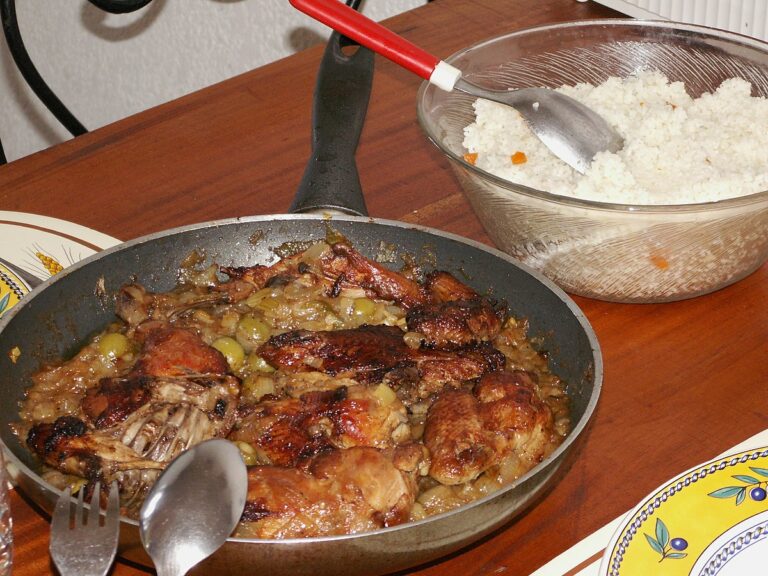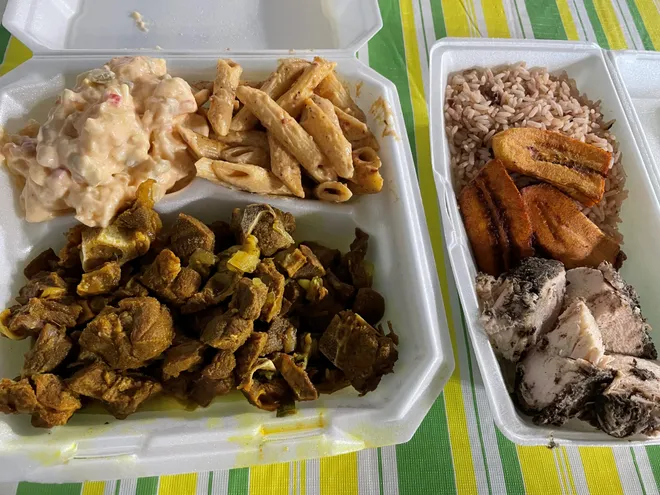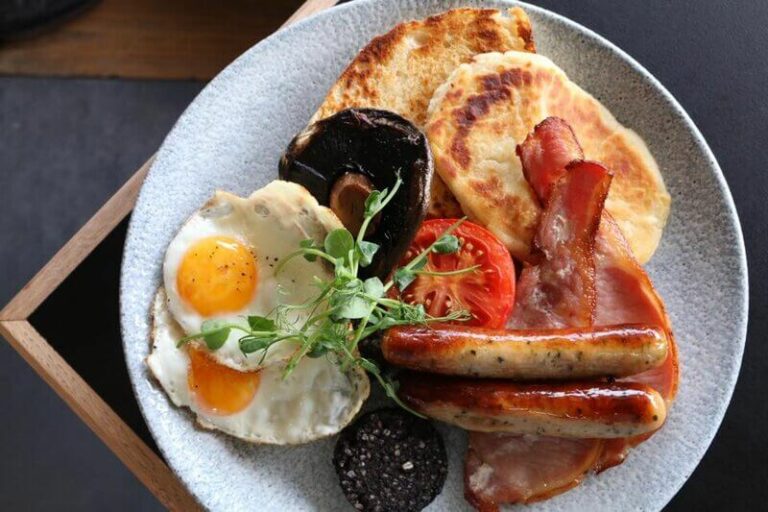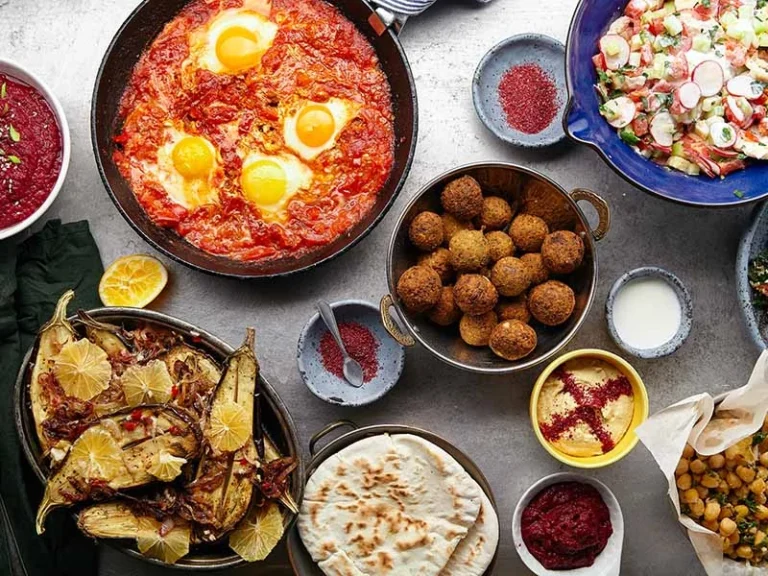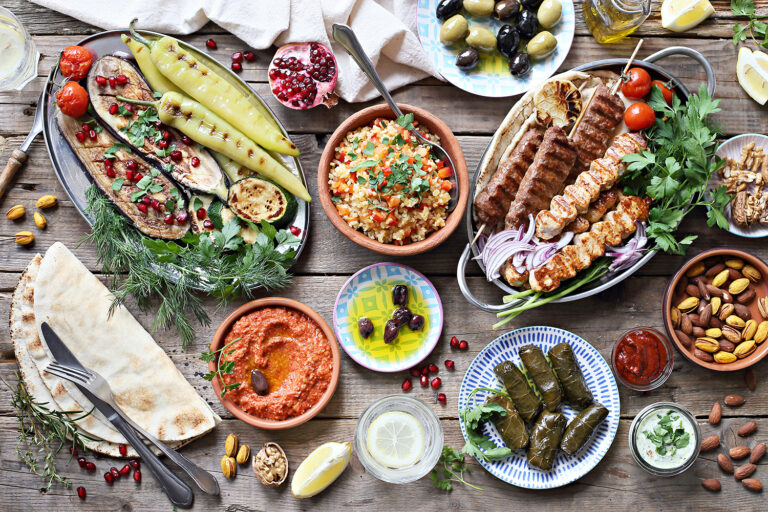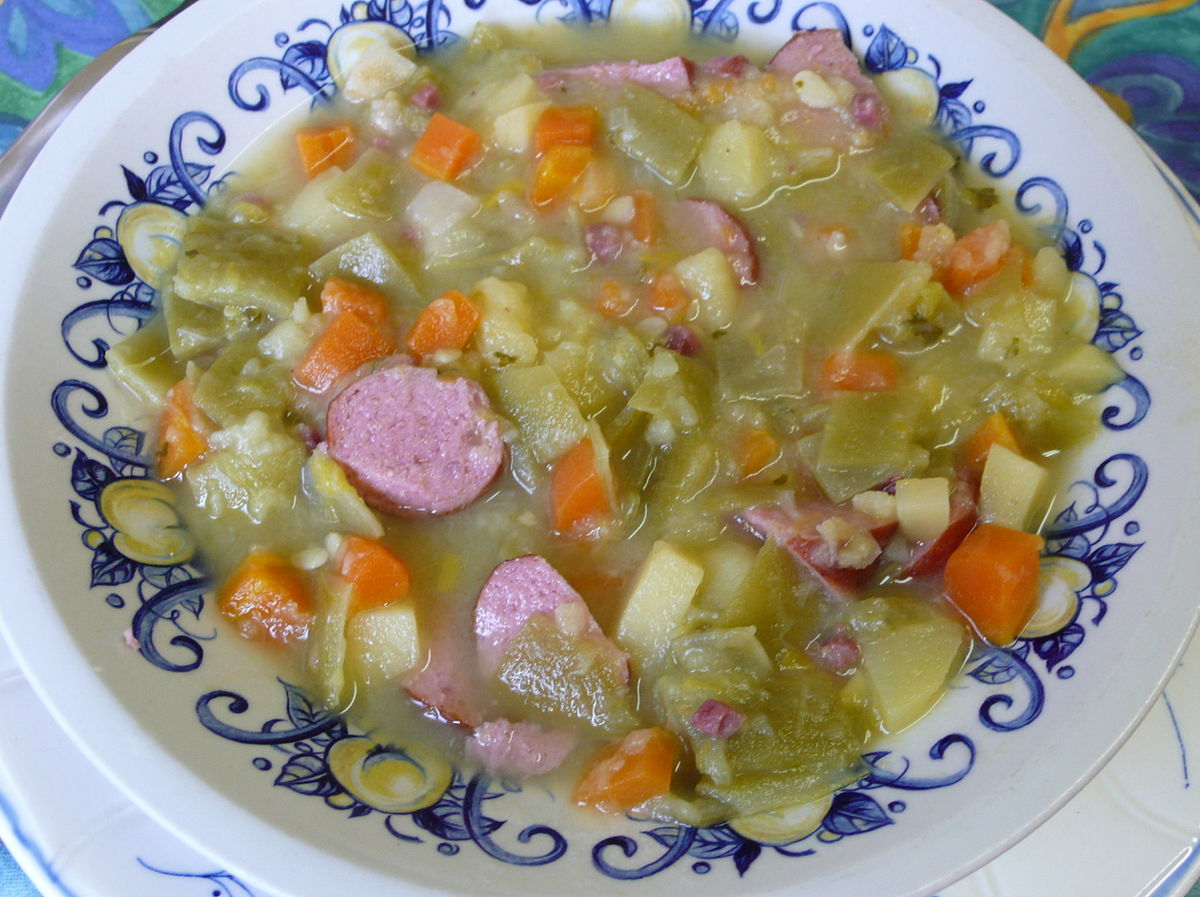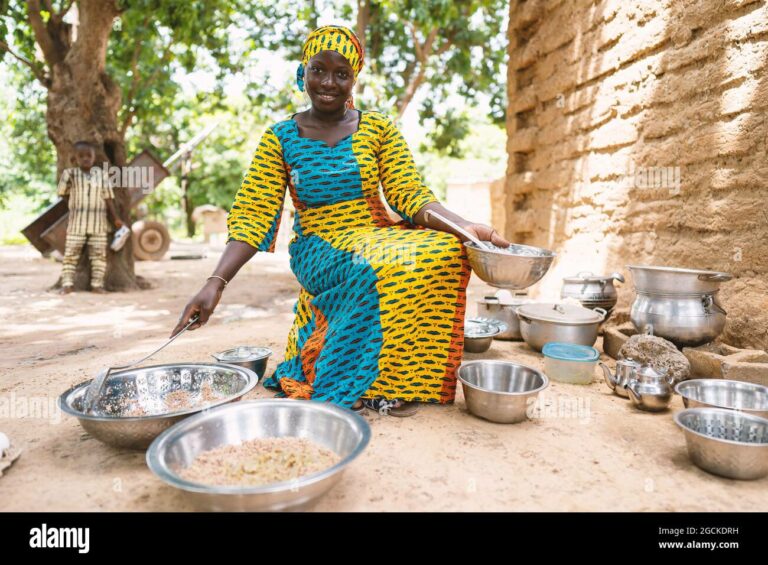Introduction: Holy See cuisine and its ingredients
Holy See cuisine, also known as Vatican cuisine, holds a unique place in the world of culinary arts. It is characterized by the fusion of the traditional Italian cuisine with the influences of the global Catholic community. Being the smallest independent state in the world, Vatican City is home to some of the most renowned restaurants and chefs.
The ingredients used in Holy See cuisine are a reflection of the region’s rich agricultural heritage and the Church’s commitment to ethical and sustainable food practices. The culinary artisans of the Vatican often source their ingredients from local farms, markets, and artisanal producers. The Holy See’s culinary traditions are deeply rooted in the use of fresh, seasonal, and locally sourced ingredients.
What does organic mean in the context of Holy See cuisine?
Organic food refers to food products that have been grown and processed without the use of synthetic fertilizers, pesticides, or genetically modified organisms (GMOs). In the context of Holy See cuisine, organic ingredients are prized for their superior taste, nutritional value, and ethical considerations.
The Holy See’s commitment to ethical and sustainable food practices is reflected in its preference for organic ingredients. Organic products are often sourced from local farms and small-scale producers, ensuring that the food is not only fresh but also free from harmful chemicals and additives. The use of organic ingredients in Holy See cuisine is a testament to the Church’s dedication to promoting health and well-being, both physical and spiritual.
The importance of locally sourced ingredients in Holy See cuisine
Locally sourced ingredients play a crucial role in Holy See cuisine. The Holy See’s culinary traditions are deeply ingrained in the use of fresh, seasonal ingredients that are sourced from local farmers, markets, and artisanal producers.
The use of locally sourced ingredients in Holy See cuisine not only ensures the quality and freshness of the food but also supports the local economy and promotes sustainable food practices. By sourcing ingredients locally, the Holy See is able to reduce its carbon footprint and support small-scale farmers and producers in the region. The use of locally sourced ingredients is a testament to the Holy See’s commitment to ethical and sustainable food practices.
Challenges for sourcing organic and local ingredients in Vatican City
Despite the Holy See’s commitment to sustainable and ethical food practices, sourcing organic and local ingredients in Vatican City can be a challenge. The small size of the city-state limits the availability of locally grown produce, and many ingredients must be imported from other regions.
Moreover, the high demand for organic and locally sourced ingredients often leads to higher prices, making it difficult for small-scale farmers and producers to compete with larger, industrialized farms. To overcome these challenges, the Holy See has implemented initiatives to support local agriculture and promote sustainable food practices.
Holy See’s initiatives towards sustainable and ethical food practices
The Holy See has initiated several programs aimed at promoting sustainable and ethical food practices. In 2018, Pope Francis launched the Laudato Si’ Action Platform, which focuses on seven key areas, including sustainable food systems.
The Holy See has also established an organic garden within the grounds of the Vatican, which supplies fresh produce to the various restaurants and kitchens in the city-state. Additionally, the Holy See has partnered with local farmers and producers to support their businesses and promote sustainable agriculture practices.
Conclusion: The balance of tradition and modernity in Holy See cuisine
In conclusion, Holy See cuisine is a unique blend of traditional Italian cuisine and global Catholic influences. The Holy See’s commitment to ethical and sustainable food practices is reflected in its use of organic and locally sourced ingredients. Despite the challenges of sourcing these ingredients in Vatican City, the Holy See has implemented several initiatives to promote sustainable and ethical food practices.
The balance between tradition and modernity is a defining characteristic of Holy See cuisine. The culinary artisans of the Vatican continue to uphold the traditions of the region while incorporating modern techniques and ingredients. The result is a cuisine that is both rooted in the past and forward-thinking in its approach to sustainability and ethical food practices.

